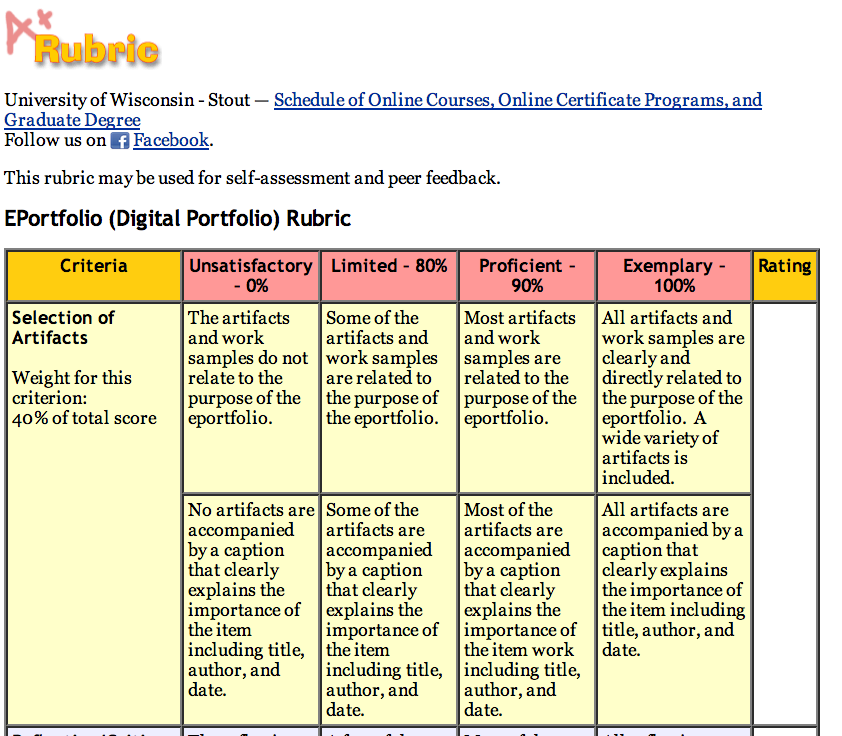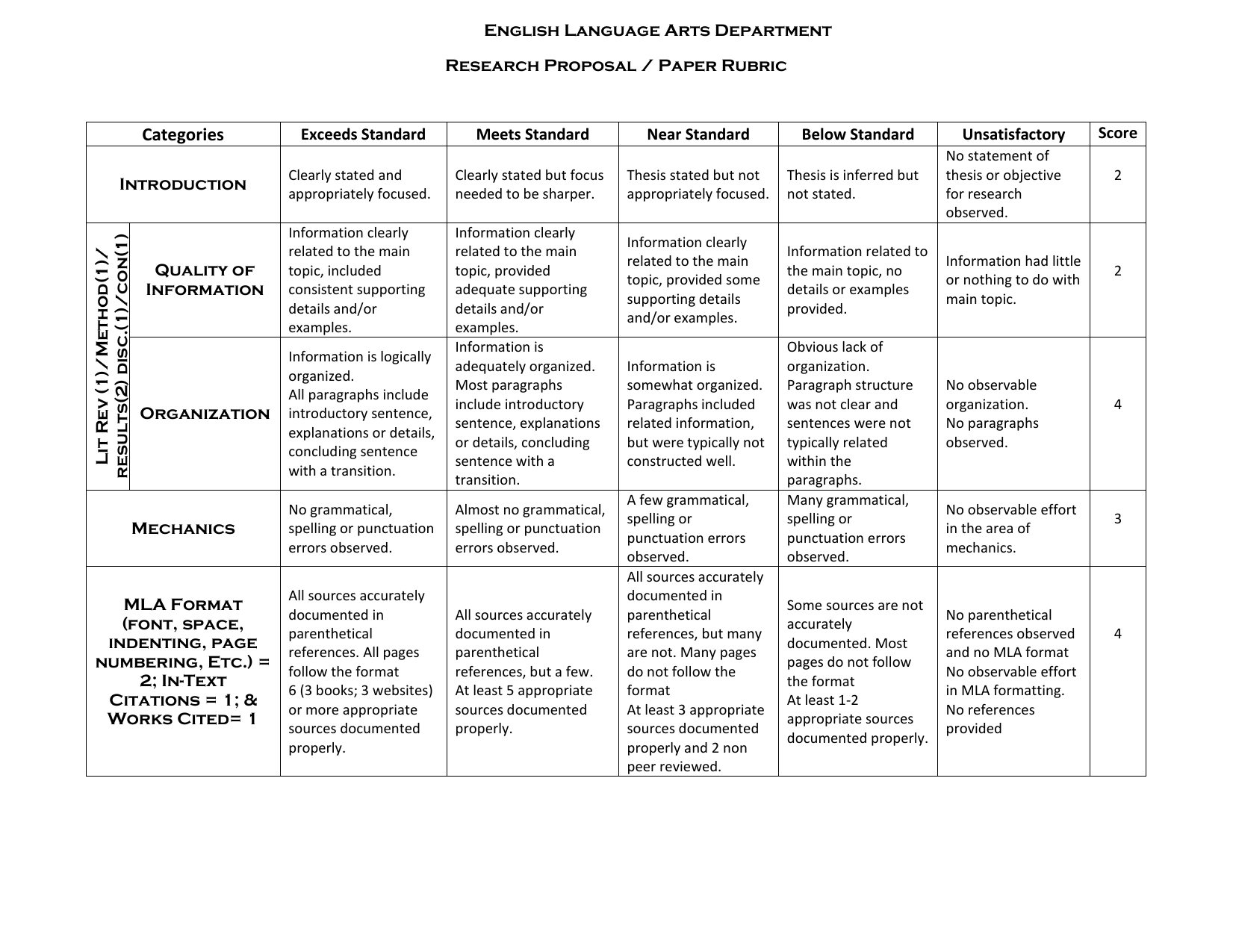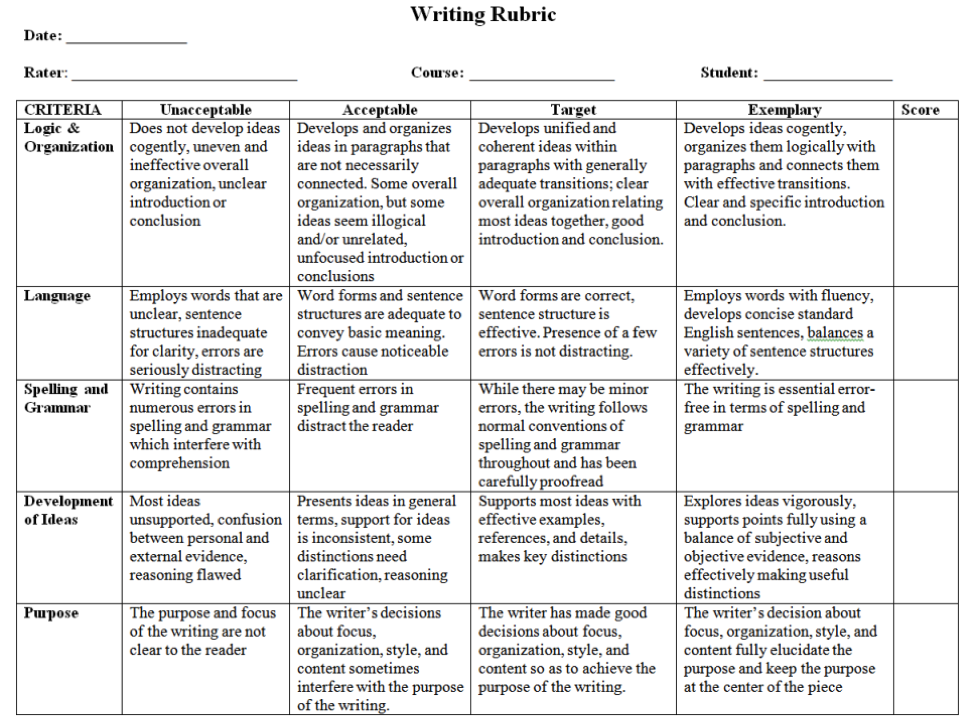Outstanding Info About How To Develop A Rubric

Making grading faster and more consistent (reducing potential bias).
How to develop a rubric. Creating a rubric requires a systematic approach, so follow the steps below and keep in mind that a rubric is often revised. How to develop a rubric? Ukrainian president volodymyr zelensky has instructed the government of ukraine to develop practical steps in support of domestic businesses, including the ‘buy ukrainian’ cashback program.
Outline the elements or critical attributes to be evaluated (these attributes must be objectively measurable). Develop assessment criteria and rubrics. What elements of the assignment do you want to give.
Similarly, the american council on the. 1 determine the objective of the assignment. Identify the criteria to be assessed (rows).
Rubrics can be helpful for: How to develop a rubric for your classroom. Demystify assignment expectations for students.
Establish standards for each performance area For instance, “excellent,” “good,” “unsatisfactory.” Take out your performance assessment rubrics and examine potential areas of improvement with colleagues.
Developing a rubric specify the skills, knowledge, and/or behaviors that you will be looking for. Examine an assignment for your course. Holistic rubrics provide one overall score and do not provide students with feedback on how they performed on each individual assignment criterion.
Holistic rubrics and analytic rubrics. Analytical rubrics, however, divide the art piece into different criteria allowing you to score each one individually. Holistic rubrics give a single score and provide a general summary of the overall quality of the art piece.
How to create a rubric in 6 steps step 1: Examine an assignment for your course. And performance levels with key identifiers to assess learner's.
E.g., participation, use of proper lab protocols, behavioral expectations in the classroom part 2: To do this, consider the following questions: You may discover that it’s time for your rubrics to get a reboot.
These are also called dimensions. Decide what you want students to demonstrate about their learning through that assignment. Identify your type the first step is identifying which type of rubric is best for your students.


















